A Step-by-Step Guide to Swedish Relaxation Massage
Posted on: March 26, 2014
[caption id="attachment_1980" align="alignleft" width="275"] Swedish Relaxation Massage[/caption]
Massages are used as a way to relax and heal the body. Many people who are experiencing pain from everyday stress seek out a massage therapist to help them. When it comes to massage therapy, one of the best types of massages to get is a Swedish massage. This massage is the most popular and can help people overcome their limited mobility, tense muscles, and aching joints. Your spa facility most likely offers a Swedish relaxation massage and you can go and enjoy one. There is a process to performing a Swedish relaxation massage and this article will delve into it, step-by-step.
Equipment
There is basic equipment that a therapist needs to perform a Swedish relaxation massage. Each massage room will have a massage table and will also have soft sheets for the client to cover up with. The therapist will also need any oil or lotion that they plan on using and a soft music tone playing in the background to enhance the experience and increase relaxation.
Getting Ready
Before performing the massage, the massage therapist will consult with the client about the client’s needs. Sometimes clients need focus to be concentrated on one area or they have an area of concern. It is also important for the therapist to let the client know how the massage will be performed, what will be used, and any other necessary tips before beginning the massage.
Massage Itself (Face Down)
One of the best things about the Swedish relaxation massage is the soft and gentle strokes that are used. These strokes help to relax the muscles and erase any tension. The first place to start with a Swedish massage is the back.
The massage therapist will use gliding and smooth strokes to go up and down the back. They will make sure to focus on specific points to help relax and reduce tension in the muscles. After they use light strokes, they will then begin using deeper strokes to help target any areas of concern and break up any knots in the muscles.
Once the deep strokes are complete, the therapist will again perform light strokes to return the body to a relaxation state.
After the back, the arms will be massaged next. They are massaged using long strokes as opposed to short strokes. The therapist will use a number of different motions such as circles to massage the arms. The massage on the arms will end with the palms of the hands.
Next, long strokes will be used to massage the legs and feet. The outsides and insides of the legs will be addressed and warmed up with light motions. Once warmed up, the therapist will then knead the legs and thighs to stimulate the muscles. Some therapists will also use their knuckles to target pressure points. The massage will end with the feet back up to the legs.
Massage Itself (Face Up)
At this point, the client will be turned over and they will be lying face up. The focus at this point will be the feet and legs. The therapist will work the inside and outside of the legs moving upwards. They will also work the ankle joints and move them around.
The arms will come next and the therapist will use long strokes. They will move the arms around to improve the range of motion and knead the arms. The wrists will be moved as well.
The head will now be moved from side to side to ensure movement and loosen up the muscles that are present in the neck. The neck and shoulders will be massaged. The therapist will also address pressure points on the scalp and face.
End of the Massage
Once the massage is over, the therapist will then let you know what you should do afterwards. It is normally best to make sure you stay hydrated and drink a lot of water to flush out the toxins in your body. This massage will help you relax and also remove the tension in your muscles.


